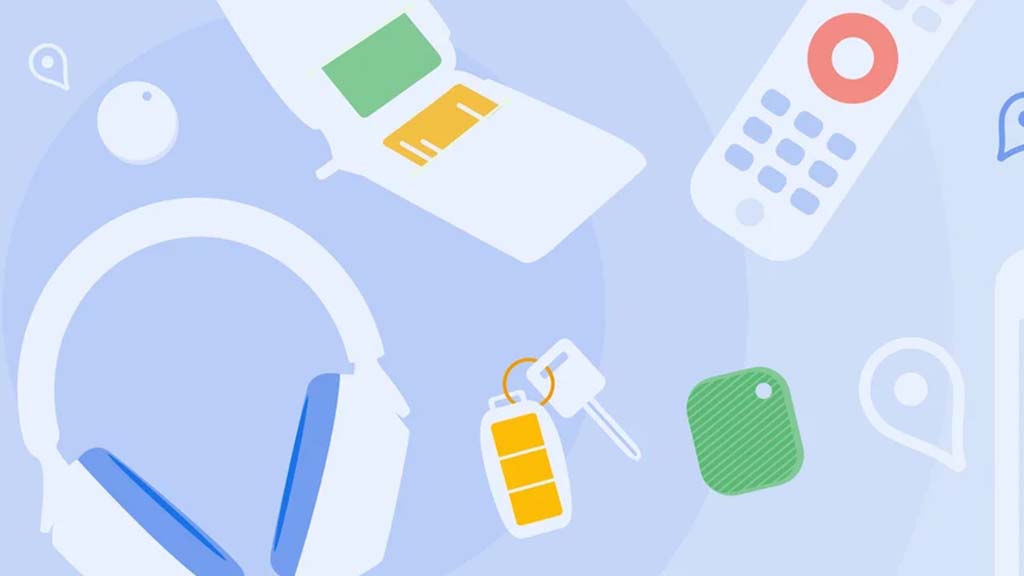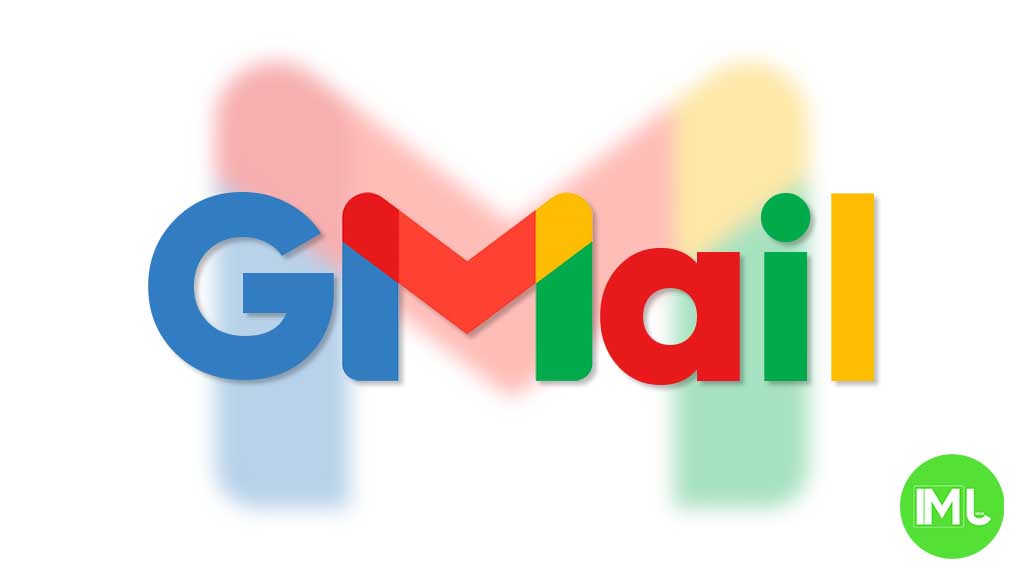Google Pixel 9 introduces Adaptive Touch: enhanced sensitivity for any environment
Top 3 Key Points:
- Adaptive Touch automatically adjusts screen sensitivity based on your environment.
- Works seamlessly with wet fingers, outperforming previous models.
- The feature is enabled by default and can be fine-tuned in settings.
Google recently launched the Pixel 9 series, and even though the phones have only been out for a couple of weeks, we’re still uncovering new features that weren’t highlighted during the initial announcement. One such feature is the Adaptive Touch, which significantly upgrades touch sensitivity.
You can find Adaptive Touch under Settings > Display > Touch sensitivity. This feature, when enabled, allows the phone’s touch sensitivity to automatically adapt to your surroundings, your activities, and even the presence of a screen protector.
Earlier this year, rumors suggested that the Pixel 9 would introduce Adaptive Touch, but the specifics were unclear at that time. Now, with the Pixel 9 in hand, it’s evident that one of the factors influencing this feature is the presence of moisture, such as when your fingers or the screen are wet.
In practical tests, the Pixel 9’s touch performance with Adaptive Touch enabled was compared to the Pixel 8 Pro, which lacks this feature. The difference was noticeable: the Pixel 9 handled wet fingers much better, maintaining smooth scrolling without the erratic behavior seen on the Pixel 8 Pro.
Although I haven’t yet tried using a screen protector with the Pixel 9, Adaptive Touch will likely enhance touch sensitivity when a protector is detected, just as it does on the Pixel 8. However, the Pixel 9 extends this functionality to adapt to more diverse situations, making it a more responsive device overall.
On both the Pixel 9 review unit and a Pixel 9 Pro XL retail unit, Adaptive Touch was enabled by default. While there’s little reason to disable it, you can easily manage this setting under Settings > Display > Touch sensitivity.
If you’ve already gotten your hands on a Pixel 9, share your experience with its touch sensitivity compared to your previous phone. If you encounter any issues, the new Touch Diagnostics menu under Settings > Display might help resolve them.
Android
Android’s Find My Device speeds up with UWB coming soon

Google’s Find My Device network for Android has gotten a big boost, making it much quicker to locate misplaced items. Recent checks show it’s now four times faster than it used to be, keeping up with Apple’s AirTags in crowded spots like malls or events. For instance, at CES 2025, a tracker tucked in a bag updated its location just as fast as an AirTag nearby. This speed-up is thanks to more Android users turning on tracking for all locations, not only busy areas, which helps the system spot items more reliably.
In less crowded places, the network can still have trouble since fewer Android phones are nearby to share location signals. But Google’s working on this by nudging users through app alerts to enable tracking in quieter spots. Plus, recent updates to tracker software and apps have made connections more stable and accurate.
Looking ahead, Google’s gearing up to roll out ultra-wideband (UWB) technology. This will let you find items with pinpoint accuracy, even within a room, using cool augmented reality (AR) visuals, much like Apple’s setup. The Moto Tag, a tracker ready for UWB, is already available, just waiting for Google to activate this feature. Not all Android phones support UWB yet, but future models like the Pixel 10 might include it. These changes prove Google’s determined to make its Find My Device network a top choice for tracking lost stuff.
Gmail and Google Photos get new design and useful updates

Google is giving Gmail and Google Photos some fresh updates to make things easier and more user-friendly.
First, Gmail on the web is now getting a new layout option. You can choose between “Cozy,” “Comfortable,” or “Compact” views based on how much space you want between your emails. Google is also adding a setting to control whether your inbox and labels stay on screen or only show up when needed. These changes make it easier to personalize how Gmail looks and feels.
Meanwhile, Gmail for iPhone is getting a visual upgrade. The app now uses Google’s updated design style called “Material 3.” You’ll notice a cleaner look with a rounded search bar at the top, smoother icons, and better spacing. Although the bottom bar and buttons look mostly the same, the overall design feels more modern and easier on the eyes.
Lastly, Google Photos is bringing back a helpful feature. The classic search shortcut that appears in the bottom bar is returning, making it quicker to find your photos. Before this, the shortcut had been removed when Google added the new “Memories” tab. Now, both features work together, letting you browse memories and search with ease.
These updates aim to make Google’s apps feel more useful, clean, and easier to use on both desktop and mobile.
Android
Android 16 boosts USB data safety and fixes delayed notifications on Pixel phones

Google’s upcoming Android 16 update is bringing better security and some helpful improvements, especially for Pixel phone users. One of the main features in Android 16 is a new way to protect your phone’s data when it’s connected to a computer through USB. Right now, when you plug your phone into a PC or laptop, it can access all your data as long as you approve it.
With Android 16, Google is adding an extra security layer that only allows limited access unless you enter your PIN, password, or use your fingerprint. This will help protect your files if someone tries to access your phone without permission.
At the same time, Google is also working on a fix for a frustrating issue that some Pixel users have been facing for months — delayed notifications. After the April 2024 update, many users noticed that app alerts were not showing up on time, especially from messaging apps. Google has confirmed the problem and says a fix will be included in a future update, though it’s not in the current April patch yet.
Together, these changes show that Google is focusing on both stronger privacy and a smoother experience for Android and Pixel users. Android 16 is expected to roll out later this year, starting with developer previews.
-

 Apps1 year ago
Apps1 year agoGboard Proofread feature will support selected text
-

 News1 year ago
News1 year agoSamsung USA crafting One UI 6.1.1
-

 News1 year ago
News1 year agoBreaking: Samsung Galaxy S22 may get Galaxy AI features
-

 News1 year ago
News1 year agoSamsung Galaxy S23 Ultra with One UI 6.1 and all S24 AI features revealed
-

 News1 year ago
News1 year agoOne UI 6.1 Auracast (Bluetooth LE Audio) feature coming to many Samsung phones
-

 News1 year ago
News1 year agoSatellite SOS feature coming to Google Pixel phones, evidence leaked
-

 Apps11 months ago
Apps11 months agoGoogle’s fancy new Weather app is finally available for more Android phones
-

 News1 year ago
News1 year agoGoogle Pixel evolves as Europe’s third best selling flagship










